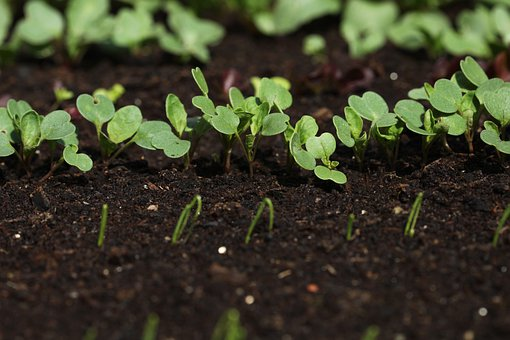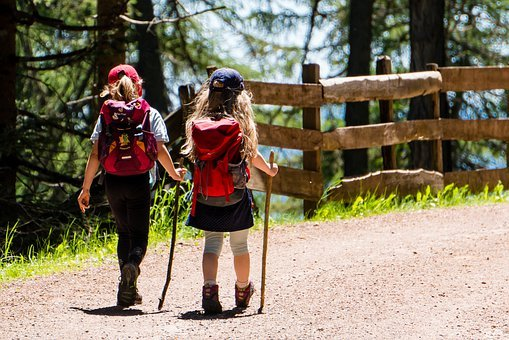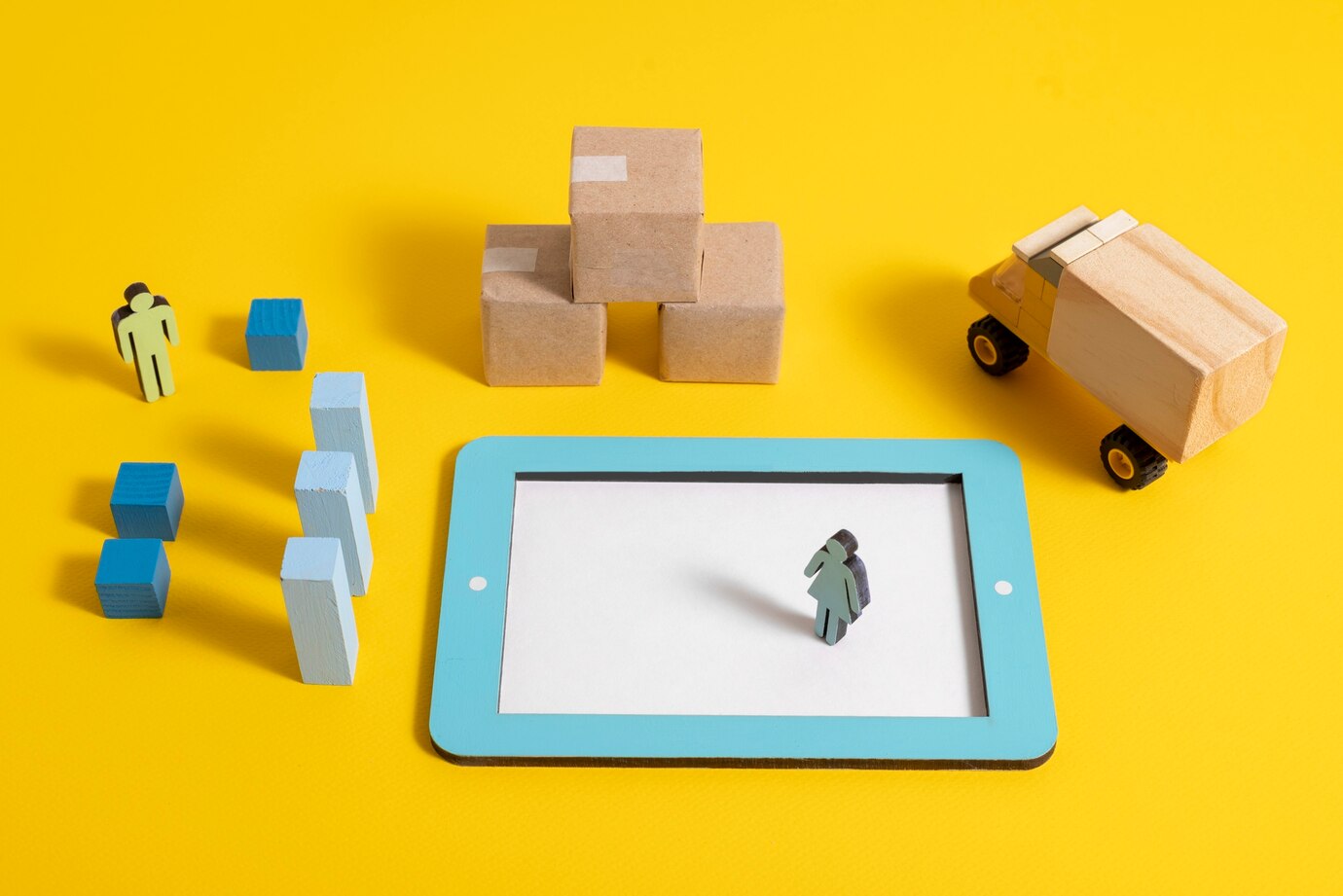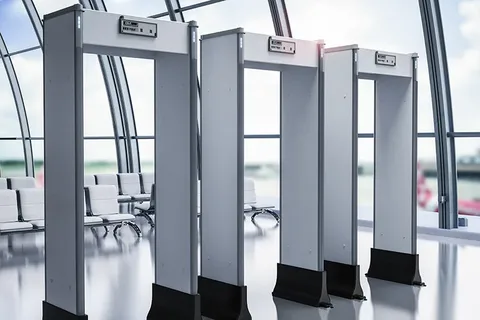‘Sustainability’ is a concept that is encouraged by national bodies for businesses to adopt; however, institutions such as schools can and should be argued to be the focal points for these types of concepts. Education is at the heart of our society and sustainable schools foster an environment where teachers and pupils can create an optimistic and progressive school culture that can last for many generations. As such, this article will list 6 sustainability ideas schools should consider adopting if they aren’t already doing so.
Table of Contents
1. Recycled Items For Craft Exercises
Firstly, this idea is more applied to primary school institutions but before discarding any unwanted waste like broken pens, whiteboards or even plastic bottle caps, think about giving these waste items a second life. Set up a recycling craft bin in a dedicated area and let your pupils get creative with their own works of art. Not only does this reduce the need for extra waste to be sent to the landfill, but can help stimulate creative ideas for your pupils. Crafting is a fun and fulfilling exercise with a tangible end product as a result of it. Recycling can become an enjoyable part of the school curriculum and a valuable lesson learnt that engages and entertains pupils which can only be seen as a positive.
2. Sustainable Toilet Paper
Another effective way to maintain strong sustainability practices in your school is to purchase alternative items such as bamboo toilet rolls. Standard toilet roll utilises paper cut from rainforests and it’s these very same rainforests that help limit the amount of Carbon Dioxide that is released into the Earth’s atmosphere which is causing our plarent to experience global warming. However with bamboo, it is an incredibly sustainable resource and can grow up to 44mm per hour, which means that it can be replenished immediately after being used. It is soft, strong and renewable which makes it the ideal material for toilet paper and can help keep rainforests alive and thriving.

3. School Gardening
Gardening can revitalise schools and give students access to new and exciting ways to healthier foods and can stimulate an appreciation to the environment. The benefits of school grown crops results in improved health and wellbeing which leads to better attention levels in class and higher academic achievement. Not to mention, there is no need to possess massive plots of land either, even the smallest school grounds can accommodate grown foods in tubs and planters.
As well as involving the pupils in learning about growing food, school gardening is a great opportunity to engage your catering staff to see what food can be used for school dinners. Children are much more likely to eat fresh produce and try different foods if they’ve grown it from scratch. Additionally, school grown food saves buying processed items that have had multiple transportation trips so with this in mind, you can reduce your school’s carbon footprint to some degree.
4. Energy Efficiency
Being energy efficient may seem difficult to achieve on paper but it really doesn’t have to be. While you don’t necessarily have to incorporate solar panels across the whole of your school’s roofs, you can still achieve lower energy costs by doing simple yet effective tricks. For example, turn off school lights and shut down your computers at the end of the day. Keep your classroom doors shut to stop heat escaping and do not block heaters. These are all pretty straight forward examples of how you can remain energy efficient and reach your sustainability targets.

5. Walk to School Scheme
Walking is a great form of exercise. Not only is walking beneficial to pupils’ health, it helps to reduce traffic emissions and is a win-win for both parent and child. For school pupils, promoting walking to school is another successful avenue in order for your school to achieve their sustainability objectives. Encouraging pupils to walk to school (so long as it is deemed safe to do so) you are limiting the need for parents and/or buses to be utilised when transporting the kids. This of course lowers the carbon footprint of your school.
Furthermore, by implementing an awards chart where you get to add a sticker for every day the pupils walk to school, and each half term give a certificate to all pupils with the most stickers, this will really encourage children and more importantly the parents to switch from driving to walking. Again this is of course if it is safe and within a reasonable distance to do so.
Ban Plastic Wrappers
The last tip/trick on how your school can achieve its sustainability targets is to place limitations on the amount of plastic wrappers circulating throughout the institution. Placing a restriction on the amount of school wrappers reduces waste and landfill and it tends to lead to healthier snacks like fruit being brought into school. Just be mindful that a complete ban on plastic wrapped may be impractical as there can still be healthy snacks like breakfast bars that provide adequate nutrition to the pupils so be sure to bear this in mind before potentially incorporating the idea.






